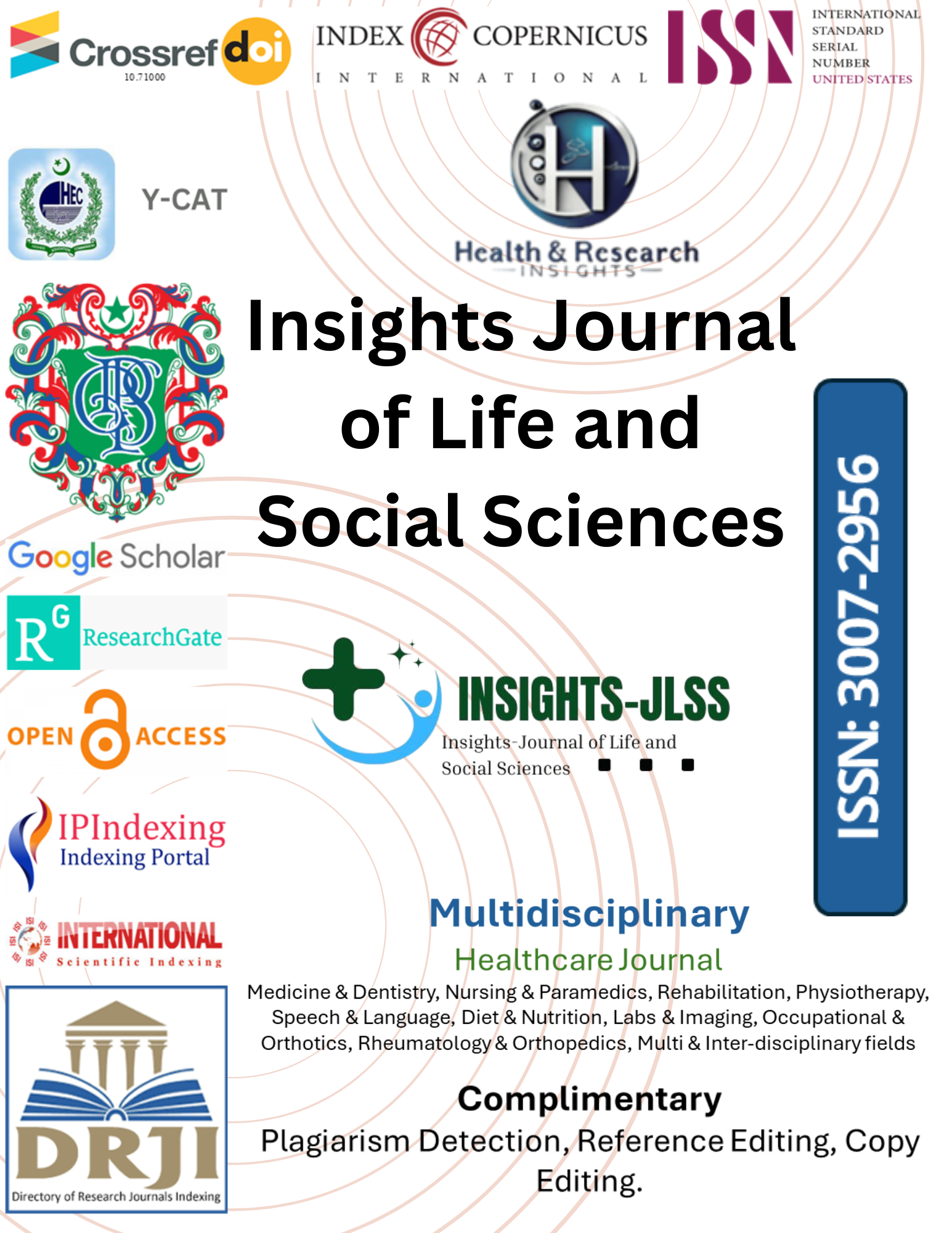APPLICATION OF ARTIFICIAL INTELLIGENCE IN DETECTING MUSCULOSKELETAL ABNORMALITIES THROUGH AUTOMATED RADIOGRAPHIC IMAGE ANALYSIS: SYSTEMATIC REVIEW
Main Article Content
Abstract
Background: Artificial intelligence (AI) is rapidly transforming diagnostic radiology, particularly in musculoskeletal imaging where precise and timely detection of abnormalities is essential for effective treatment. While numerous AI applications have been explored in individual studies, the lack of a consolidated synthesis of their diagnostic accuracy and clinical relevance in radiographic analysis of musculoskeletal disorders highlights a significant gap in the literature.
Objective: This systematic review aims to evaluate the current evidence on the application of artificial intelligence in detecting musculoskeletal abnormalities using automated analysis of radiographic images, focusing on diagnostic accuracy, clinical utility, and limitations.
Methods: A systematic review was conducted in accordance with PRISMA guidelines. Databases including PubMed, Scopus, Web of Science, and Cochrane Library were searched for studies published between 2018 and 2025. Eligible studies involved human subjects, applied AI to musculoskeletal radiographic imaging, and reported diagnostic outcomes. Data were extracted on study design, AI algorithms, sample size, outcomes, and performance metrics. Risk of bias was assessed using QUADAS-2 and Newcastle-Ottawa Scale tools based on study type.
Results: Eight studies were included, encompassing diagnostic accuracy studies, narrative reviews, and one systematic review. AI models demonstrated high diagnostic performance, with AUC values ranging from 0.87 to >0.99, and strong correlation with expert radiologist interpretations. Applications included fracture detection, joint assessment, implant analysis, and TMJ osteoarthritis diagnosis. Variability in study designs and outcome reporting limited the feasibility of meta-analysis.
Conclusion: AI demonstrates significant potential in improving the accuracy and efficiency of musculoskeletal radiographic interpretation. However, heterogeneity across studies and limited external validation underscore the need for further prospective, real-world research to support clinical integration and ensure generalizability.
Article Details

This work is licensed under a Creative Commons Attribution-NonCommercial-NoDerivatives 4.0 International License.
